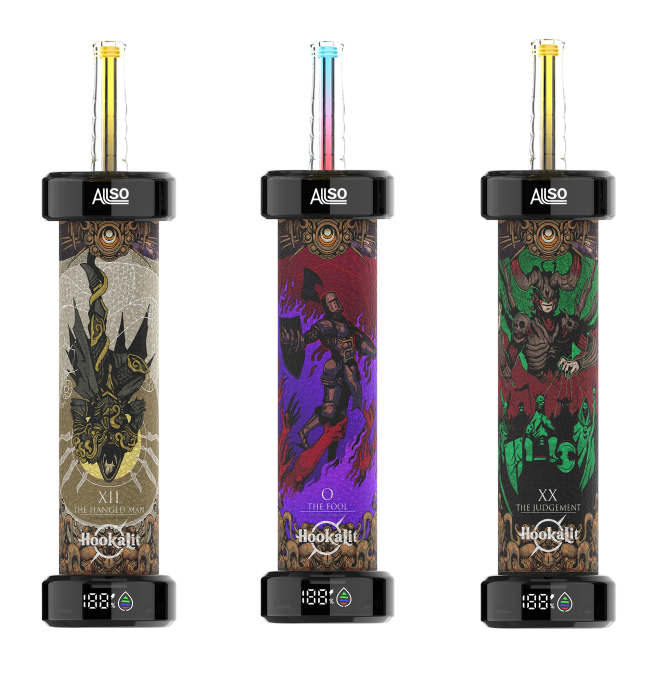What are the Different Forms of Tobacco and Nicotine Products?
2022-10-09
By far the most popular and the most harmful way of consuming nicotine from tobacco is by smoking it. Smoking also seems to be the most addictive way of consuming nicotine, with fewer smokers being able to quit than people who use nicotine in other ways.
Smoking Cigarettes
Cigarettes are made of fermented, processed and dried tobacco leaves and stems (with some additives). Smoking them allows the nicotine to be absorbed into the blood through the lungs. Blood carrying nicotine reaches the brain within seconds, producing the mental effects smokers are after and satisfying nicotine craving in addicts. Unfortunately, as tobacco leaves burns, hundreds of harmful chemicals are created or released which are also drawn into the lungs. Half of the people who do not quit will die of a smoking-related disease. Smoke also drifts around, harming other people.
Cigars and Pipes
Cigars and pipes are alternative traditional ways of smoking. Some smokers of these do not inhale the smoke deeply into the lungs, but only draw it into the mouth. This causes less damage than cigarette smoking, although such smokers are still harmed by smoking. If users do inhale fully, the harms are likely to be similar to the harms of a similar amount of cigarette smoking.
Hookah pipes (shisha)
A hookah or hubble-bubble is a sort of tobacco pipe where smoke is drawn through a bottle of water. The tobacco (shisha) is flavoured and sweetened. People who smoke hookah regularly also have an increased chance of smoking related diseases such as lung cancer.
Smoke-free tobacco and other nicotine-containing products
Some forms of tobacco are not smoked, which prevents many, but not all of the harms of smoking. They confine the harm to the user, whereas smoking can harm others. Chewing or dipping tobacco, and snus (snus is illegal to sell in most of Europe) are products which release their nicotine into the mouth. The nicotine fix is achieved with less of the cancer-causing chemicals produced by burning and without the damage smoke causes to the lungs. Snuff is a powdered tobacco product which is inhaled up the nose, often making you sneeze. Whilst it increases the cancer risk for the places it contacts, the nose, mouth and throat, the overall level of risk of harm and death is also lower than with smoking cigarettes.
In the last few years, there have been more products invented that contain nicotine extracted from tobacco. Lozenges, chewing gum and skin patches deliver doses of nicotine with a fraction of the harms associated with smoking. They are mostly used as ‘nicotine replacement therapies’ to help people wean themselves off cigarettes and eventually quit the drug entirely.
Use of ‘electronic cigarettes’ is growing. These deliver a puff of vaporised liquid containing nicotine, which simulates smoking without burning. They have not been researched thoroughly, but it is very likely that they are much less harmful than actual cigarettes because they do not produce the range of damaging chemicals found in tobacco smoke, although they are not entirely harmless. It is still a matter of scientific and political controversy whether e-cigarettes and other alternatives to cigarettes can offer benefits to the health of society.























































